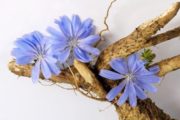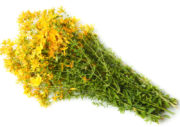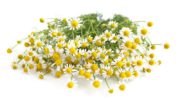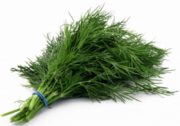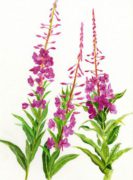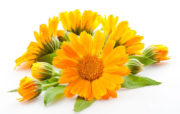Wormwood: how to dry grass at home - collecting and storing wormwood for the winter
Wormwood is a perennial plant that has quite a few varieties, but only wormwood (Artemísia absinthium) has miraculous medicinal properties. This plant is widely used in folk medicine and cooking.
You can distinguish wormwood from ordinary wormwood (Chernobyl) by the color of the inflorescences. Bitter grass has yellow inflorescences, and Chernobyl has green-red flowers collected in a single “panicle”.
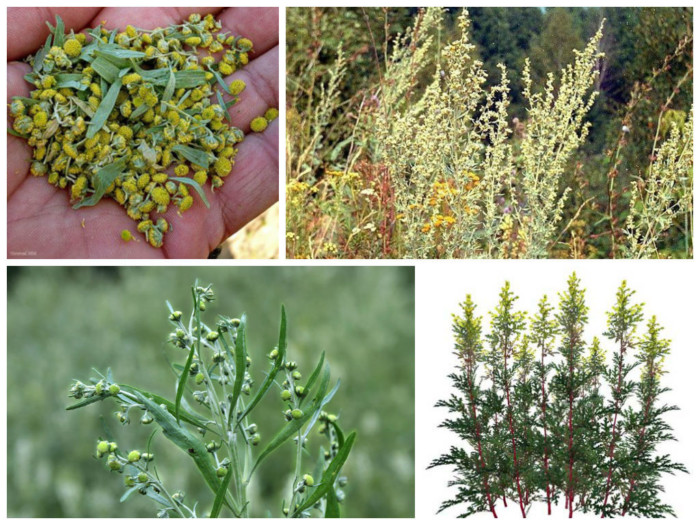
Content
Where to find wormwood
If ordinary wormwood can be found almost everywhere, then medicinal bitter wormwood is much more difficult to find. The main places where this plant grows are roadsides, forest edges, meadows and fields. Wormwood can also be found near residential buildings, in vacant lots and landfills.
Watch the video from Alena Lavender - The miraculous properties of wormwood
How and when to collect wormwood raw materials
Wormwood is collected away from environmentally polluted places: highways, industrial enterprises and places where household waste is stored.
Dry weather during the procurement of raw materials is the key to a high-quality dried product. Grass cut after rain or before the dew has dried rots.
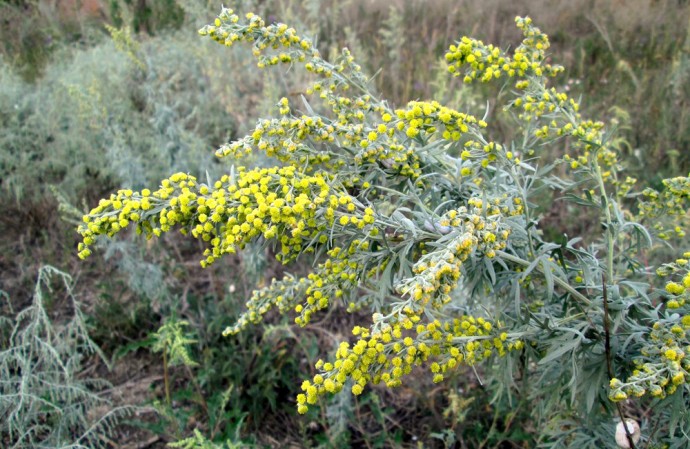
Medicinal raw materials are collected during the period of active flowering, from July to August.Plants that have just begun to bloom contain the most beneficial substances. Using a knife, pruning shears or sharp scissors, cut off the tops of plants 25 - 30 centimeters long. It is advisable not to harvest coarse and thick stems.
If you have time and desire, then you can collect raw materials without stems. In this case, it is advisable to collect leaves before the plant blooms.
After harvesting, wormwood is not washed, but only sorted, removing yellowed and wilted shoots.
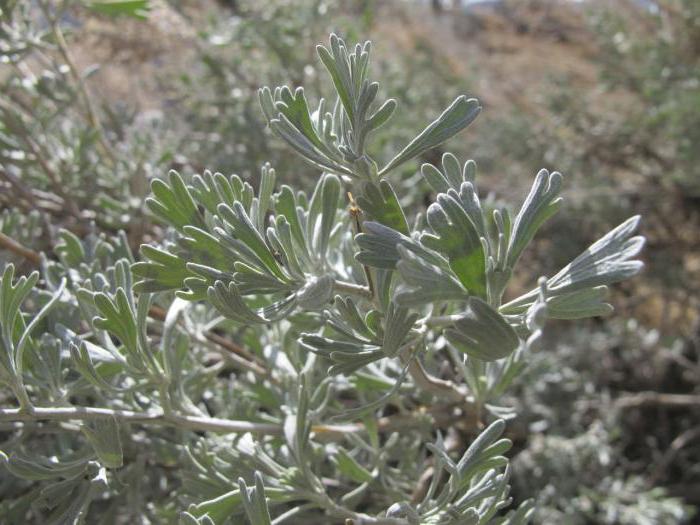
Sergey Appolonov in his video will talk about collecting wormwood
How to dry wormwood herb
The collected grass must be immediately sent for drying. To do this, spread paper on a flat surface, on which wormwood is laid out in a small layer. The drying area must be dry and protected from sunlight. Good air ventilation is also a prerequisite. The grass needs to be stirred and turned over several times a day. The average drying time in a natural way is 7 – 10 days. The readiness of the product is determined by the fragility of the stems and the scattering of the leaves into powder when rubbed between your fingers.

You can also dry wormwood in electric dryers for vegetables and fruits. To do this, the unit must be set to a heating temperature of no more than 45 degrees. Drying time is significantly reduced and amounts to 7 – 10 hours.
Uses of wormwood
For absinthe
To prepare wormwood vodka - absinthe - only leaves and flowers are used. The stems contain a much smaller amount of essential oils, so necessary for the preparation of this drink. It is better to collect raw materials during the flowering period or immediately before it.
Watch the video from the channel “Twice Father Dimitri” - Wormwood for absinthe
For the bath
Bunches of grass are dried with buds down, and during bath procedures they are placed in the steam room. Moist hot air activates the release of essential oils and phytoncides from wormwood.
To prepare baths, the herb is brewed in boiling water and then added to the water. For 200 liters of water you need approximately 200 grams of dry grass.

In cooking
Wormwood is harvested for culinary purposes. After drying, the leaves are ground into powder and used to sprinkle on meat and fish dishes.
How to store wormwood
Dry wormwood has a spicy aroma and a very bitter taste.
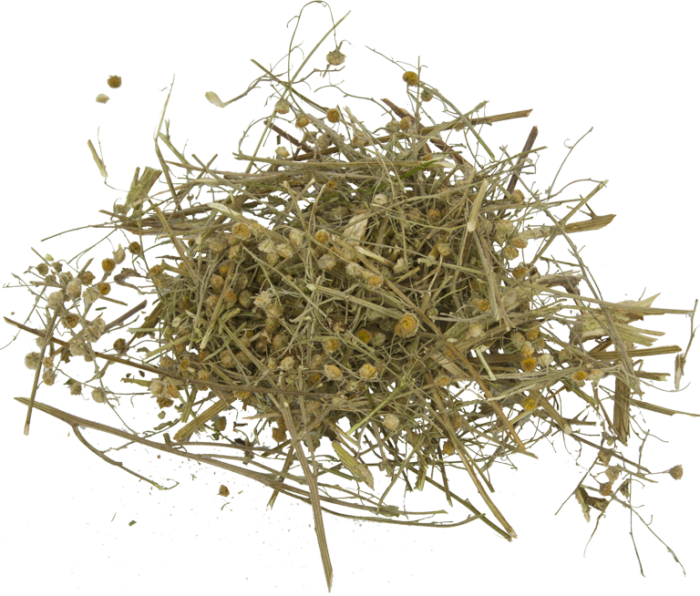
Dried raw materials are stored in dark glass jars with a hermetically sealed lid. Tin cans with lids are ideal for storage. They completely protect the product from sunlight, which helps preserve the greatest amount of nutrients.
The shelf life of dry wormwood is 1 – 2 years, but it is best to renew the herb reserves annually.


